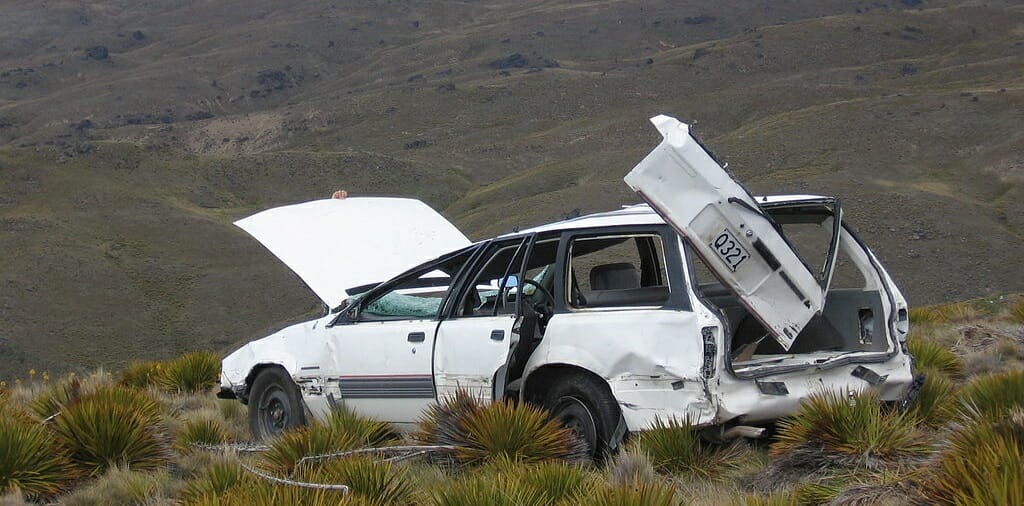A sad report in the evening news – another speed enthusiast caused a terrible accident. There is nothing left of his car but the speedometer is still showing 180 kilometers per hour. But did the car actually travel at that speed when it crashed? And is that an actual function allowing speedometers to record the speed of the car at impact?
Driving at insanely high speed on public roads is a careless and incredibly stupid thing to do. Humans are not perfect and everyone makes mistakes. However, speeding is a fool’s choice and there is no excuse for that. Please, be a responsible driver and don’t make yourself a danger to others.

Determining the circumstances of an accident is very important. Investigators gather as much data as they can to identify the causes and learn new ways to improve traffic safety. A frozen speedometer, often highlighted in TV news and other media, actually can be one of the hints about how fast the car was going before the accident.
Do speedometers freeze on purpose?
Modern cars have many active and passive safety technologies. One could assume that engineers would consider different ways of recording the car’s speed on impact. Speedometers could stop automatically with the deployment of airbags, making accident investigations much simpler. Given how computerized modern cars are, “freezing speedometer” feature doesn’t seem too far-fetched.
However, currently it is not a feature in any mass produced car. And it is unlikely to become one in the near future, because traditional speedometers are being replaced by screens and digital graphics. On the other hand, speedometers that still have physical needles do sometimes freeze in accidents and that happens because of loss of power.
Needles in modern speedometers are moved by stepper motors. A stepper motor is a very precise electric motor that, essentially, always knows its position. Stepper motors are used in CNC machines, 3D printers, robots – wherever precise micro-movements are critical. They are also used in measuring devices, such as speedometers.

Speedometer’s stepper motor moves the needle in both directions – up and down. In other words, the needle is not moving freely even when the car is slowing down. It is not pulled down by gravity or some kind of a spring – that wouldn’t be accurate enough. Therefore, once the energy supply is cut, the speedometer’s needle freezes in place. Sometimes, by the way, even old mechanical speedometers used to get stuck during a car crash – they contain a lot of small cogs and gears that can get jammed
Is frozen speedometer data reliable?
At the beginning of the article we said that TV reporters often highlight stuck speedometer needles as a proof of speeding. And traffic accident investigators are certainly paying attention to them as well. However, a frozen speedometer needle is not a reliable witness.
In 2017, the UK company Collision Science published an interesting study. The researchers conducted a series of experiments to test different speedometers in simulated accidents when the speed of the car before the collision was 120 kph. The results showed that the data of jammed speedometers cannot be relied upon. Some of the tested speedometers did stop at the correct 120 kph mark, but others showed complete nonsense. And in real world accidents frozen speedometer data is even less reliable, because a driver might slam the accelerator pedal when the car is already airborne.
The impact force can move the speedometer needle, the stepper motor or any other part of the mechanism can get dislodged from position and dying sensors can send wrong signals – there are many reasons why frozen speedometers can be misleading. Even if the impact occurred at 120 kph, a broken speedometer can stop at 140 or 60.
However, some experts do have the tools and methods to examine a frozen speedometer and determine if its reading is reliable at all. Approximate results are sometimes sufficient to confirm the findings of other calculations and simulations.




